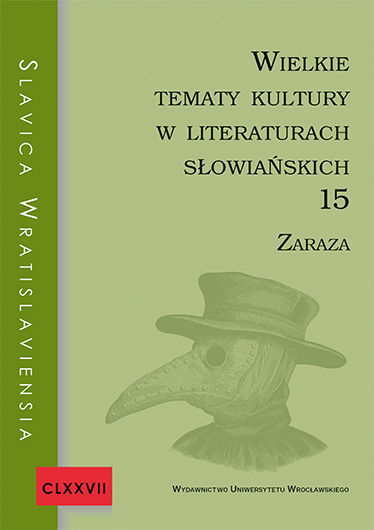

Статьи

The paper examines Jure Kaštelan’s poem The Typhus Victims, an emblematic text of modern Croatian literature, from the perspective of his relation to the thematic context of contagion (typhus) and war (World War II), the key semantic pillars leading to death as an inevitable result. The Typhus Victims is an example of the synthesis of diverse literary modes on numerous discursive levels — starting with semantic polyvalence, where they participate within the framework of several semantic fields (disease as an augury of death, the cataclysm of war, freedom as an ideal), through a global structure (six heterogenous parts), to stylistic heterogeneity. The various linguistic and stylistic components synergistically contribute to the identifying death as the key theme of The Typhus Victims, as well as love and freedom on its thematic antipodes. The paper aims to study the functional relationship of formal elements of poetic utterances with the aforementioned thematic structures, with special emphasis on the procedures of anticipating death on the semantic axis of the cataclysm of war, in which violence and contagion are the key generators.